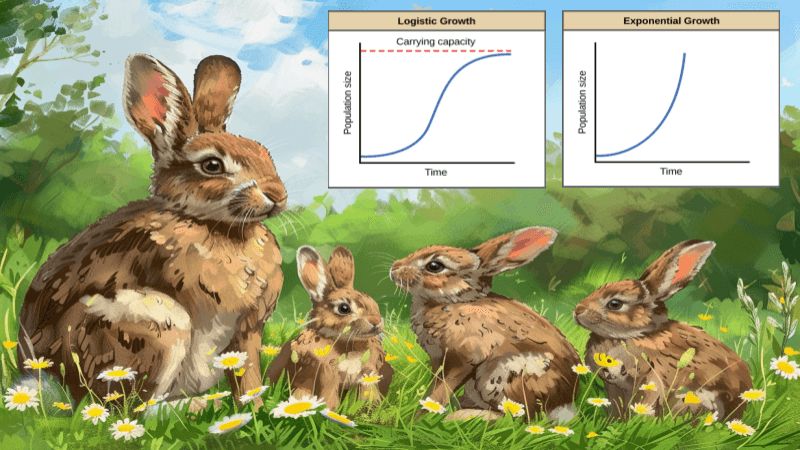Category: Worksheets
-

Ecological Succession Card Sort Activity
Ecological succession is a key idea in ecology that describes how ecosystems change and develop over time. It is the natural process where an ecosystem’s structure and species composition gradually shift, leading to the formation of a stable, mature community. This process involves a series of stages, each characterized by different types of species and…
-
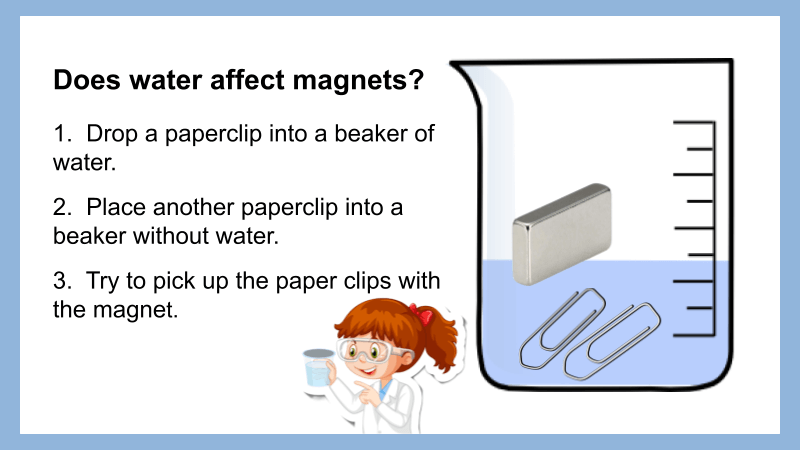
Identifying Variables – Lab Station Activity
Students explore the scientific method by completing lab station activities where they identify the dependent and independent variables.
-
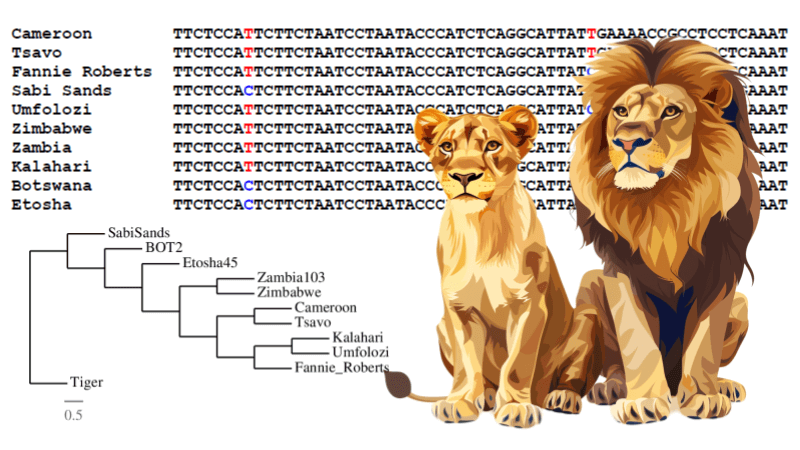
Create a Lion Phylogenetic Tree with Gene Sequences
Explore phylogenetic trees by examining DNA from different prides of lions in Africa.
-
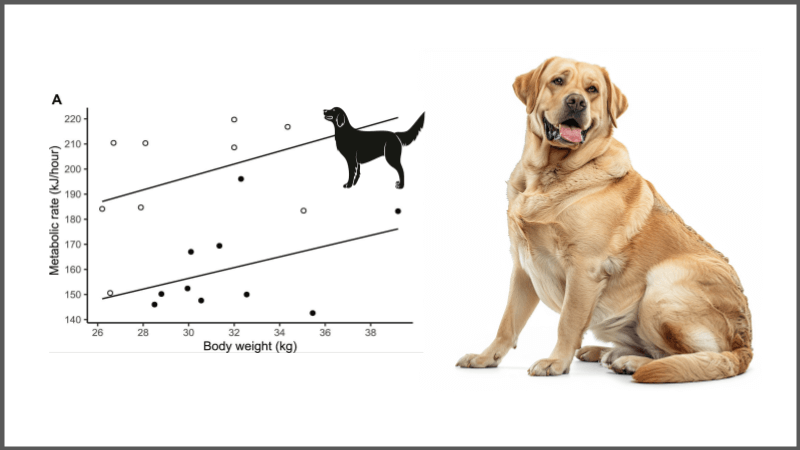
Dog Obesity and Analyzing Scientific Texts
Introduce students to scientific texts by examining research on dog obesity and a possible genetic cause. Dogs with mutations have increased food motivation and body fat.
-

The Crayfish Project – Ecology and Anatomy
Student project on crayfish which includes learning about crayfish ecology, invasive species, and food webs. Dissect a crayfish specimen to learn anatomy!
-

Case Study – Effects of Coyote Removal in Texas
Examine data from an experiment where coyotes were removed from test sites. Evaluate the effects on rodents and mesopredators.
-
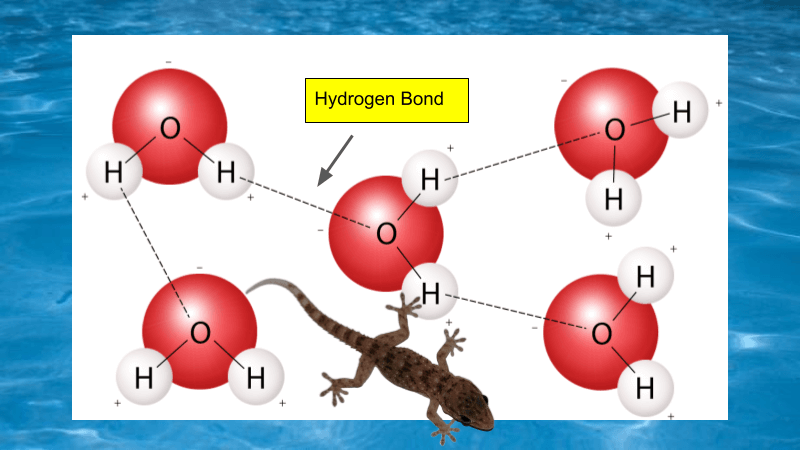
Reinforcement: The Chemistry of Life
A reinforcement worksheet on the chemistry of life. Practice vocabulary on atoms, molecules, macromolecules, and properties of water.
-

Explore the Evidence for Evolution
Discover the evidence of evolution with this worksheet. Explore fossil records, comparative anatomy, genetics to understand how species have evolved over time.
-
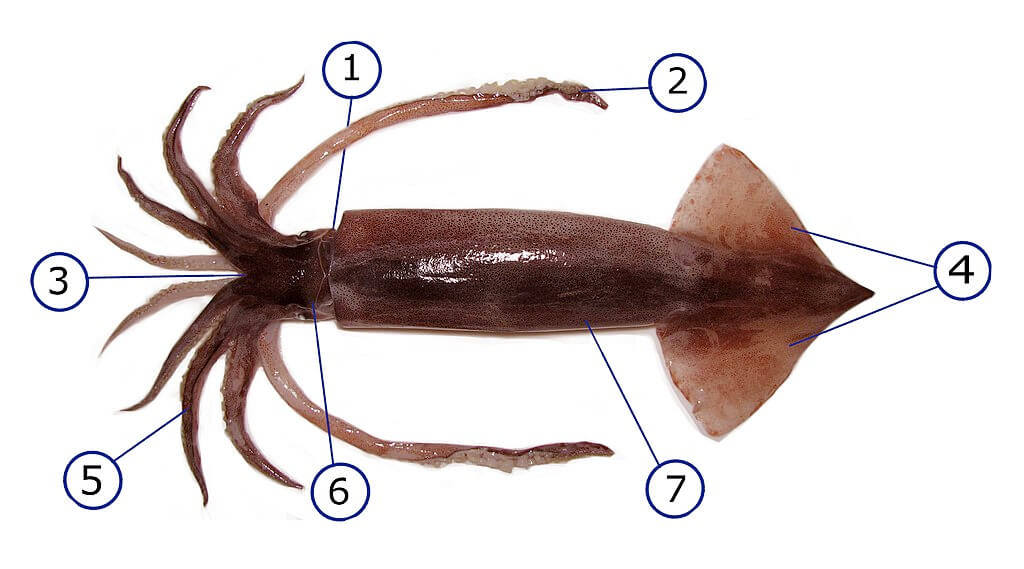
Exploring the Anatomy of a Squid
Explore internal and external anatomy of the squid with this hands-on guide perfect for educators and students, with detailed instructions and images.
-
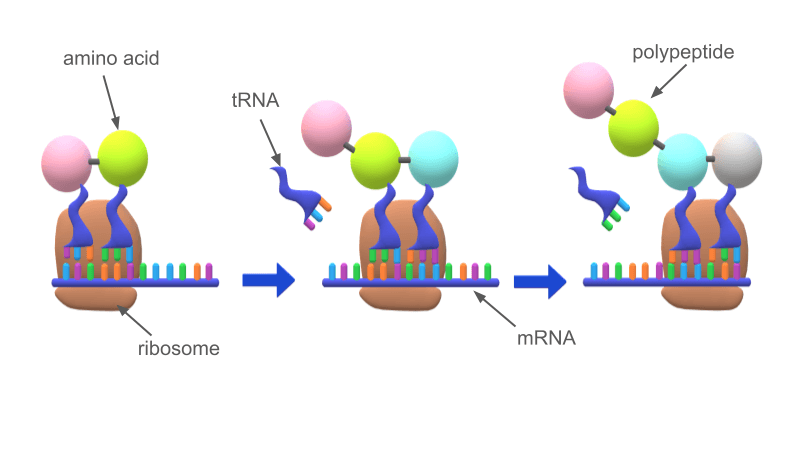
Reinforcement: RNA and Protein Synthesis
Master protein synthesis with our comprehensive practice worksheet! Practice your understanding of mRNA, rRNA, and ribosome function.
-
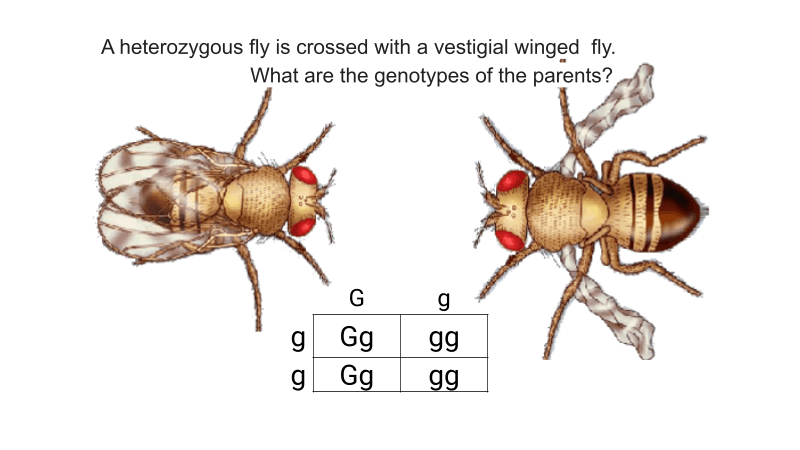
Fruit Fly Genetics
Fruit Fly Genetics showing inheritance patterns for vestigial wings and eye color.
-
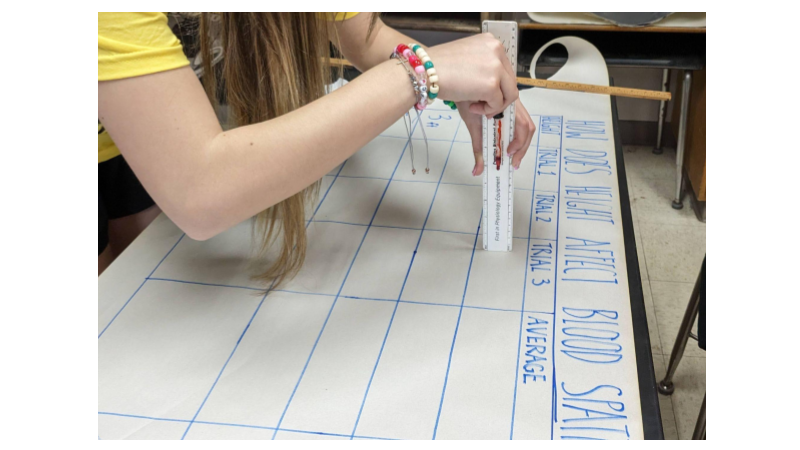
Forensics Lab on Blood Spatter
Explore forensics with this lab on blood stain analysis. Use fake blood to determine how height affects the diameter of the stain
-
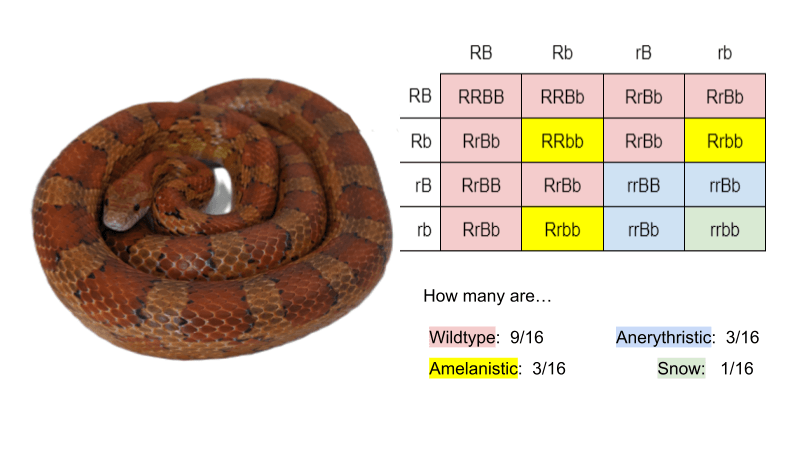
Corn Snake Genetics – Explore the Morphs!
Practice dihybrid crosses with this activity on corn snakes. Corn snakes are red and black, with variations in shade and markings.
-
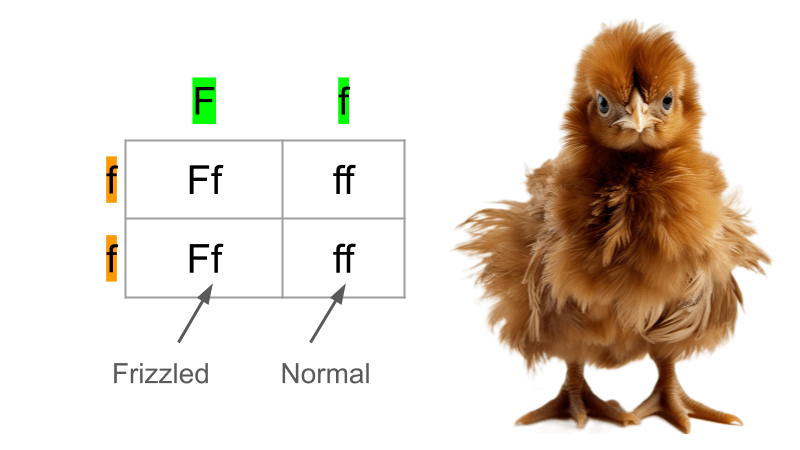
The Genetics of Frizzle Frazzle Chicks
Frizzle feathers in chickens is the result of a dominant allele. Practice crosses between different types of chickens, by completing Punnett squares.


